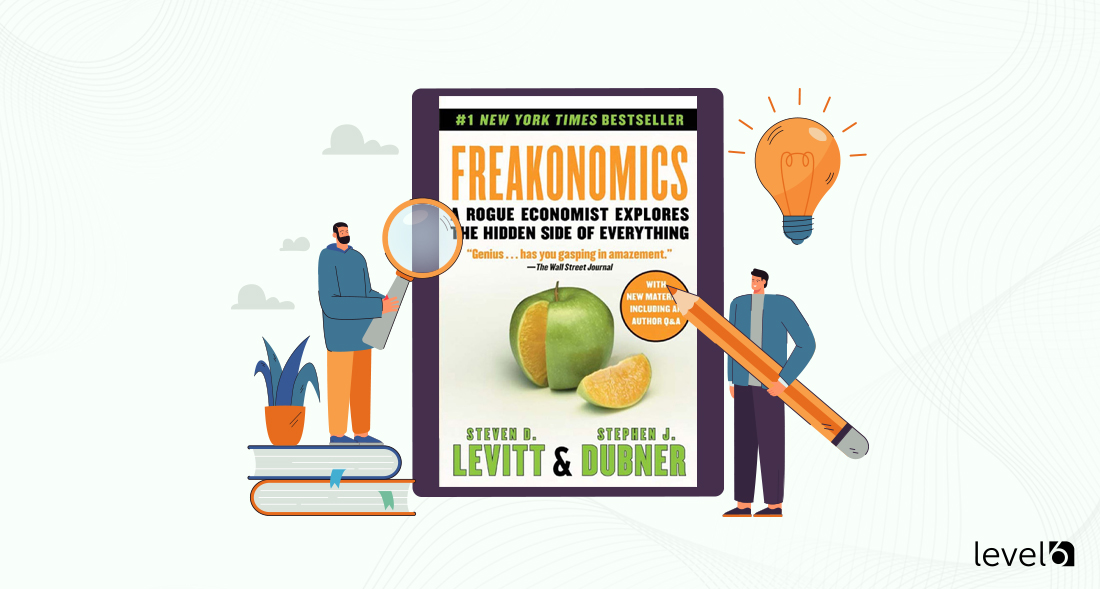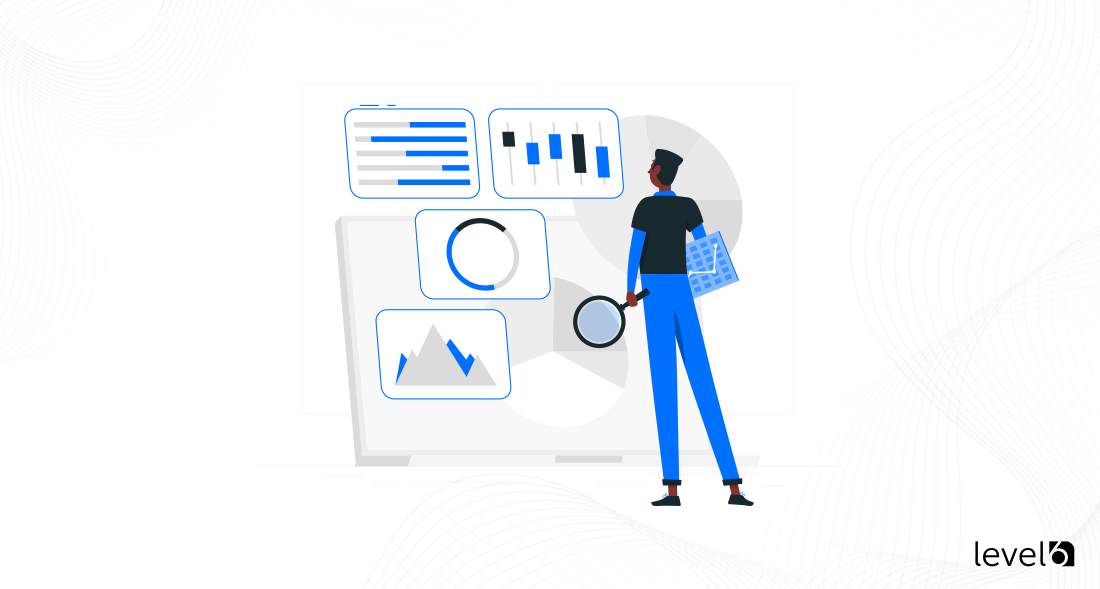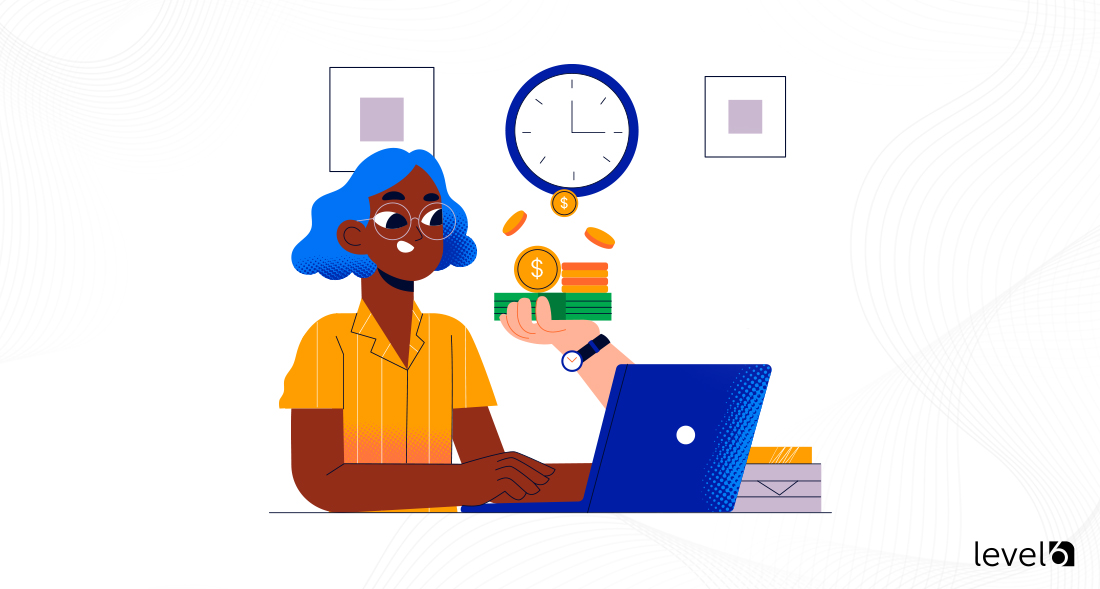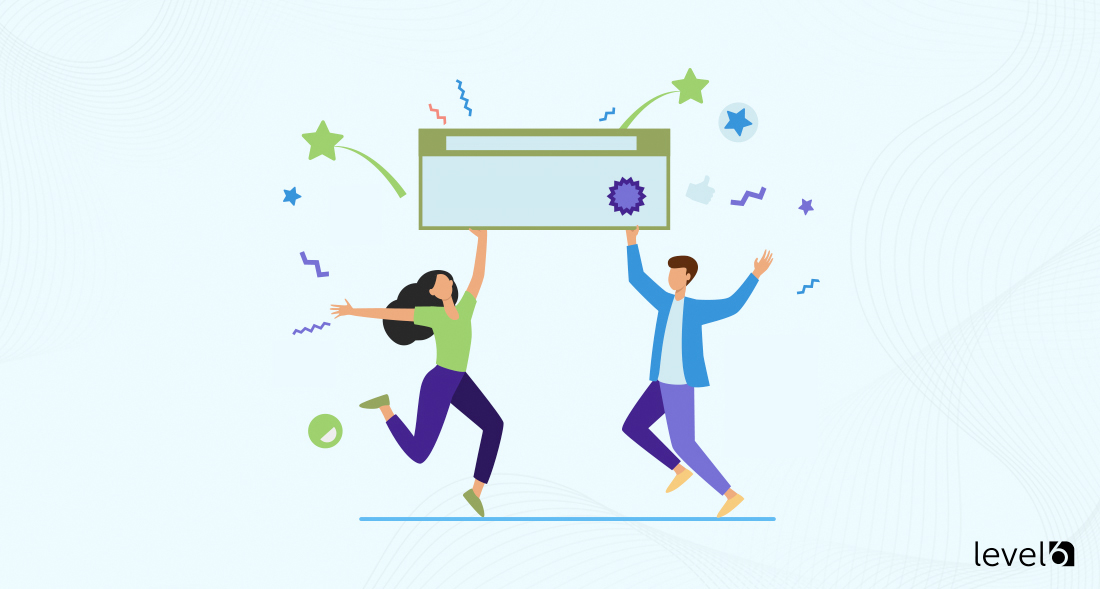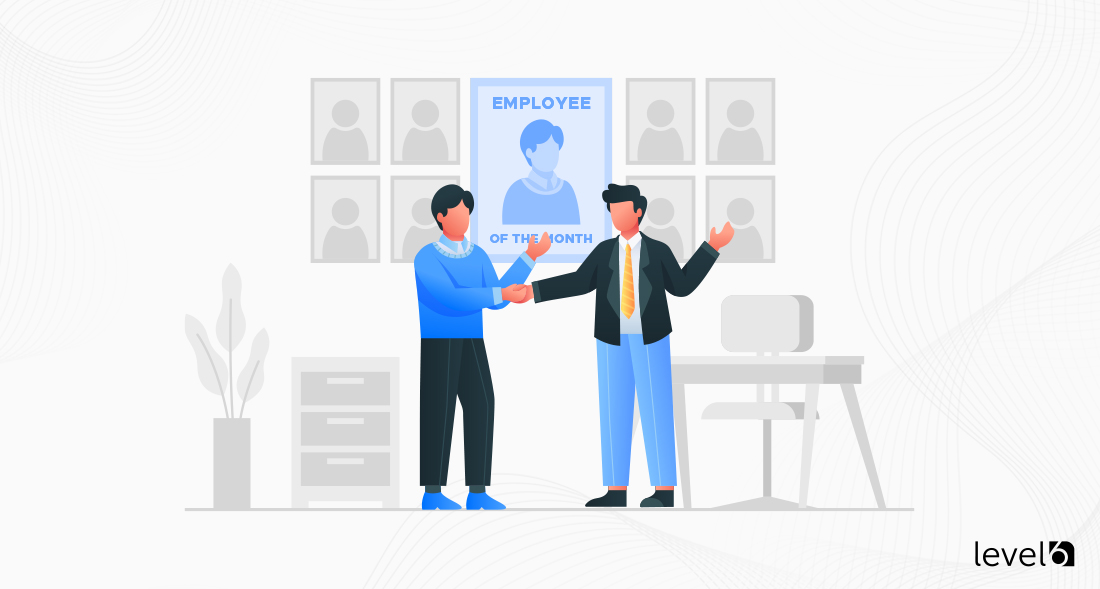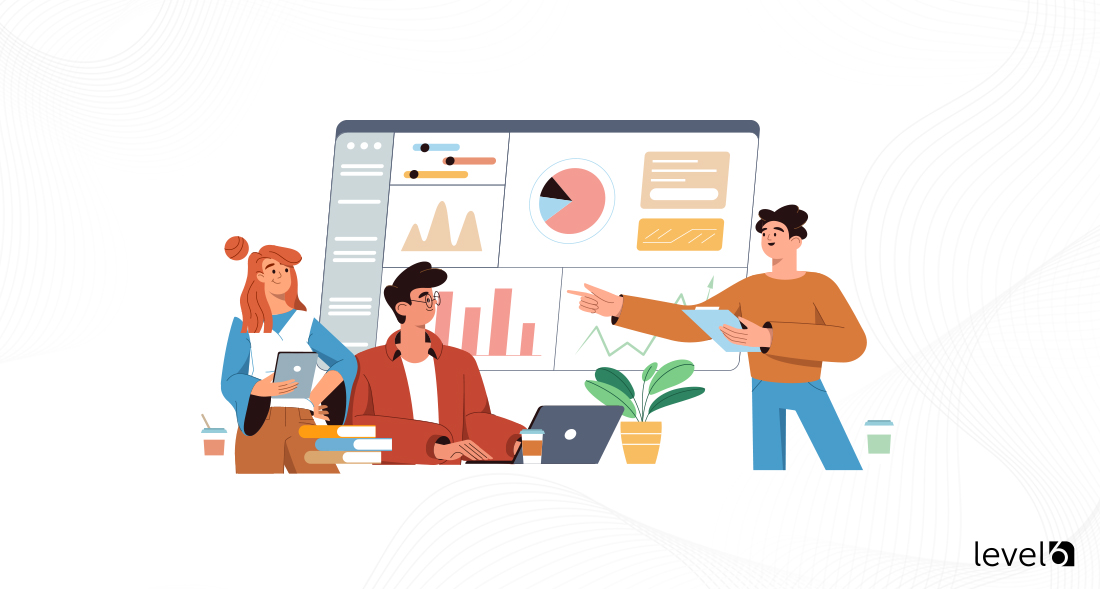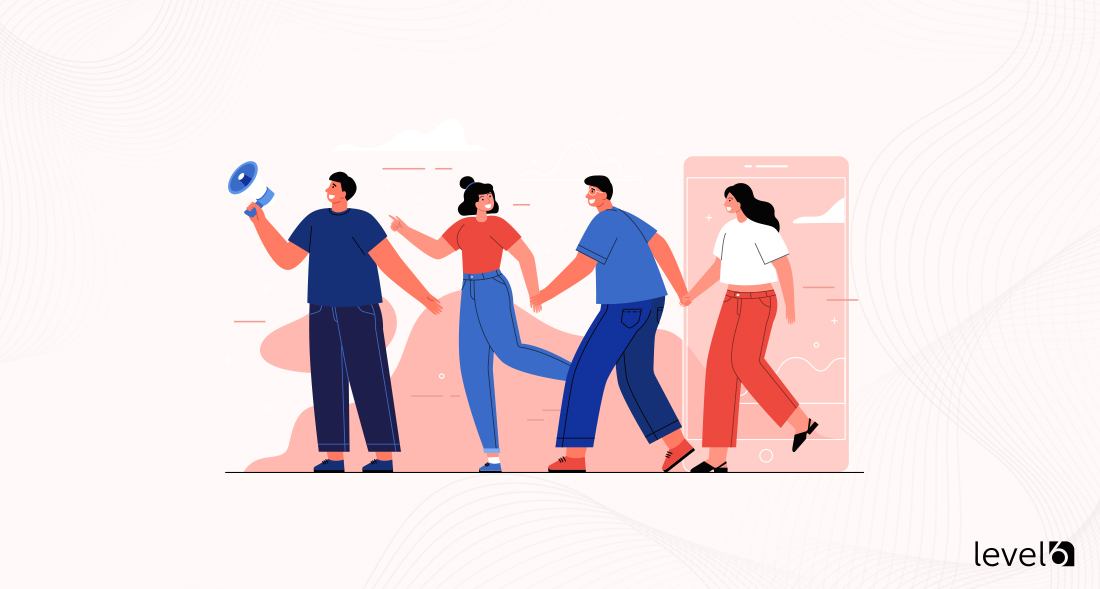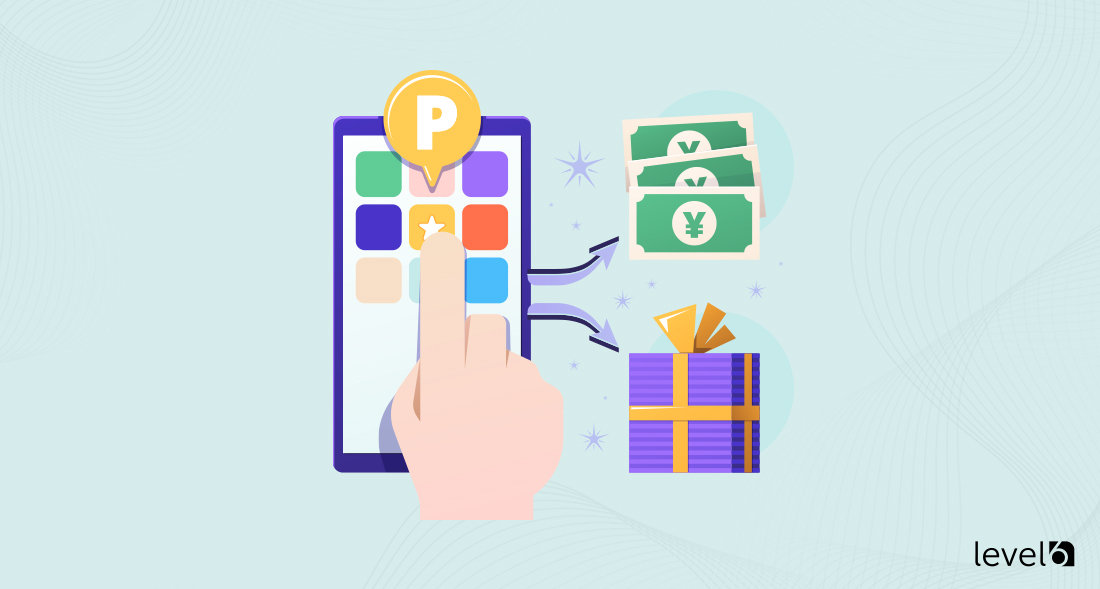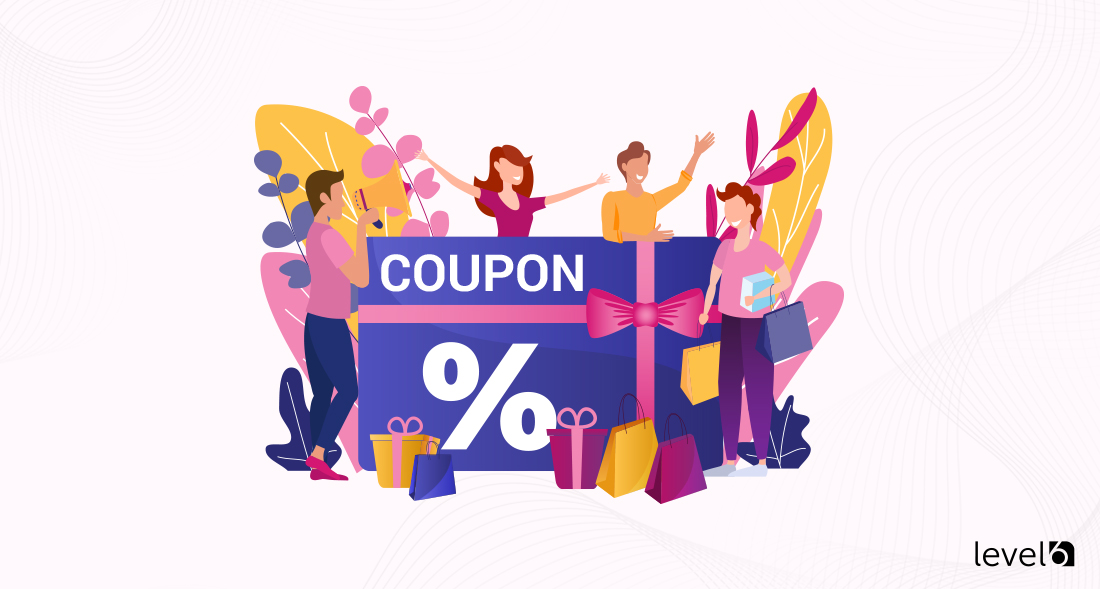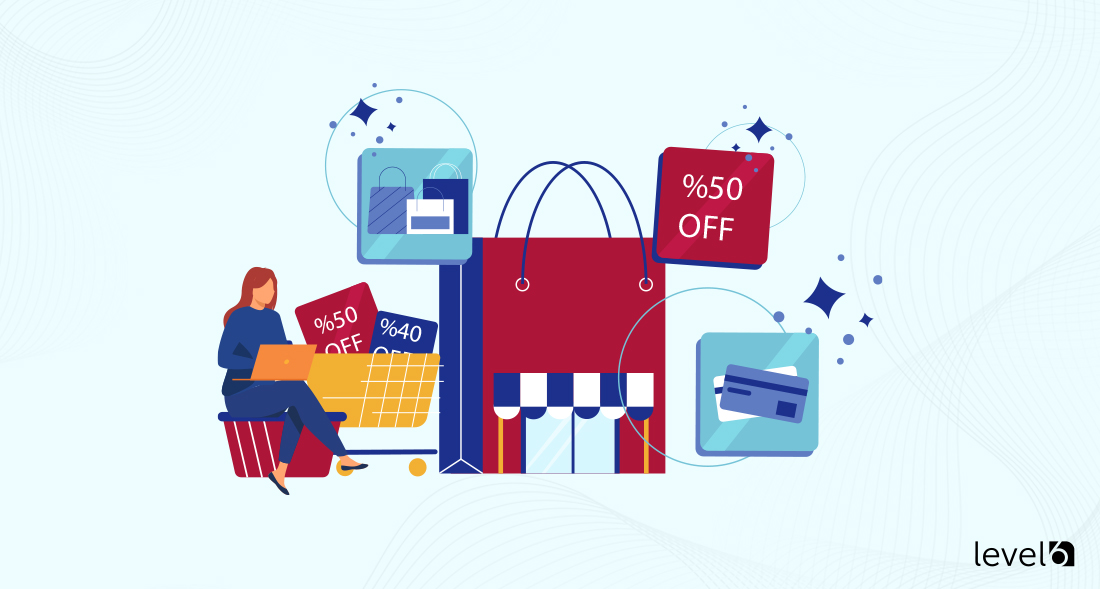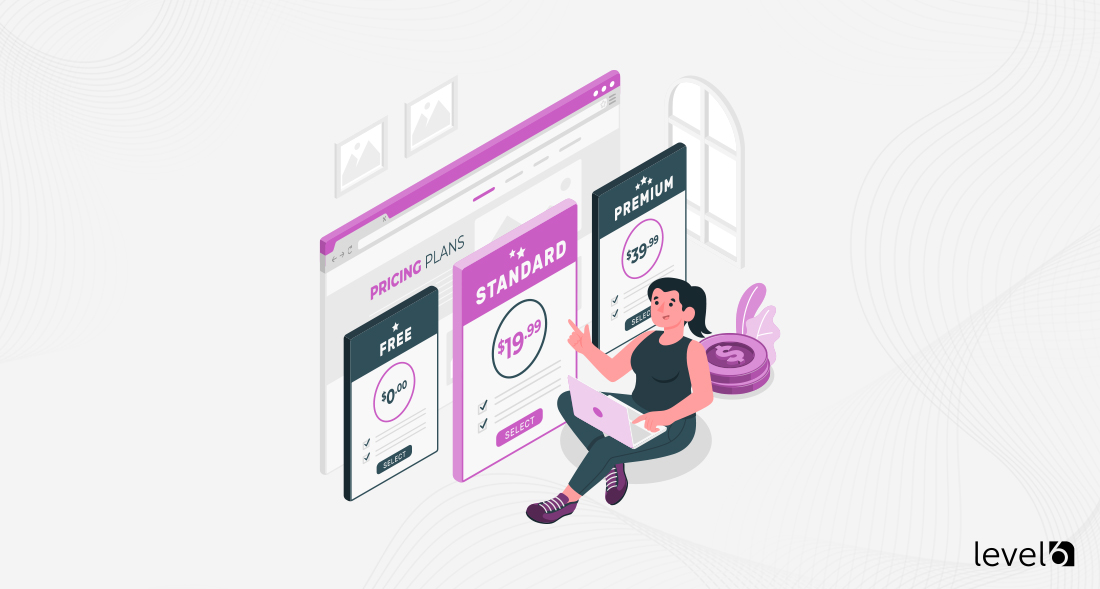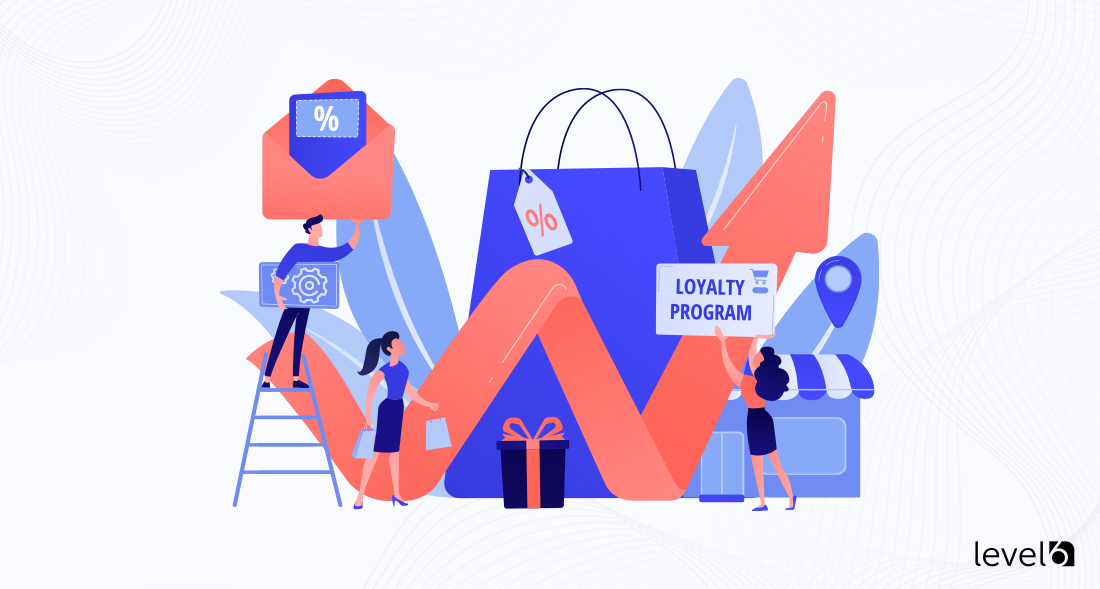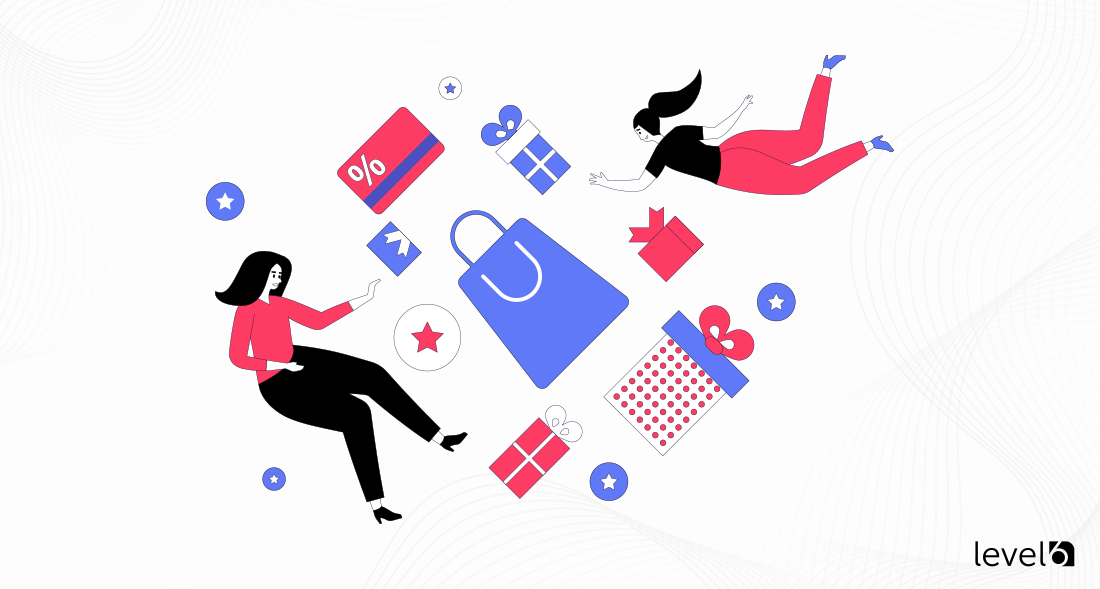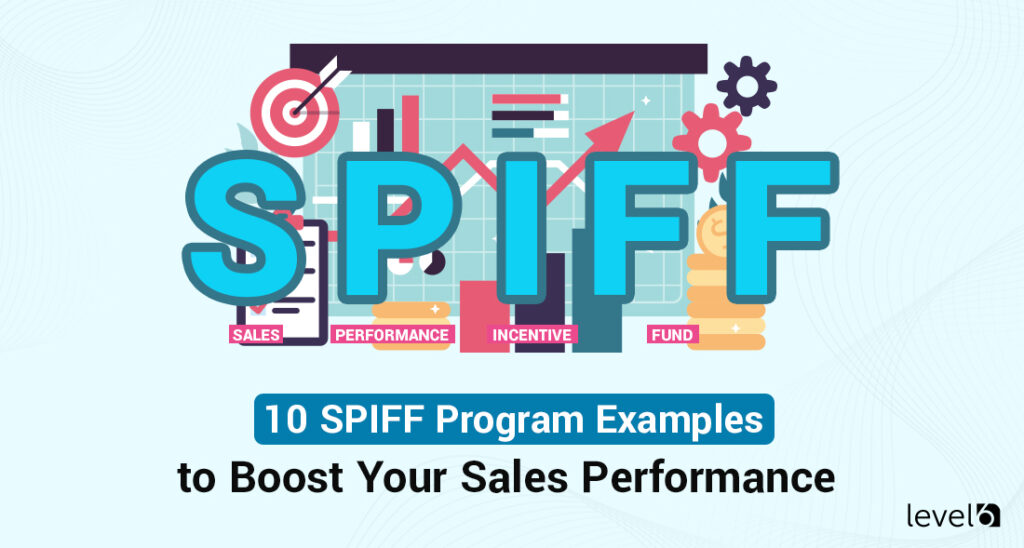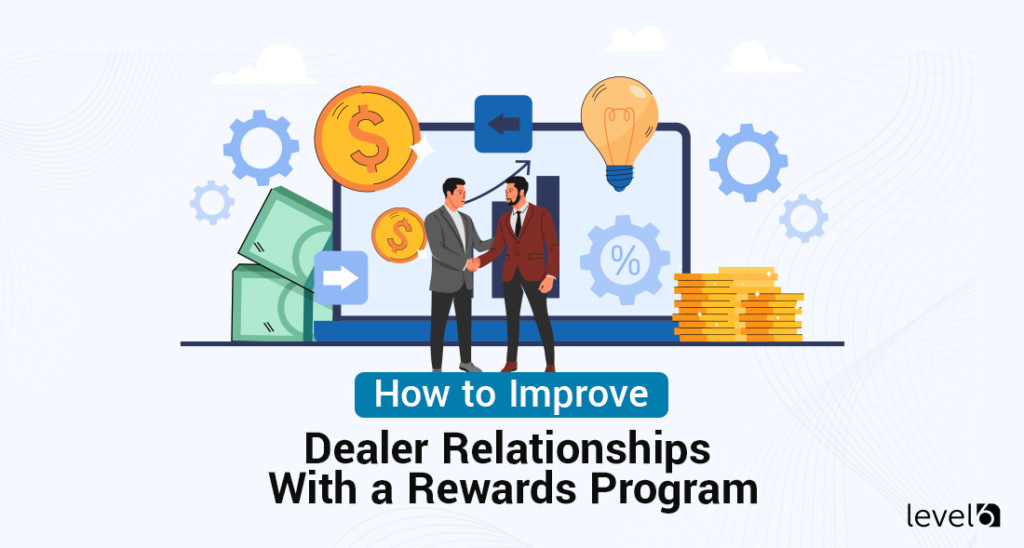Back in 2005, economist Steven D. Levitt and journalist Stephen J. Dubner wrote a New York Times best-seller called Freakonomics which “changed the way we see the world.”
Before your eyes roll back in your head at the thought of reading a book about economics, let us whet your appetite. Levitt isn’t your typical economist — think of him as a scholar who “studies the riddles of everyday life, from cheating and crime to sports and child-rearing, and whose conclusions turn conventional wisdom on its head.”
In Freakonomics (revised and updated in 2014), he asks questions like these:
- Which is more dangerous: a gun or a swimming pool?
- What do schoolteachers and sumo wrestlers have in common?
- Why do drug dealers still live with their moms?
Still with us? The authors show that economics is, at its roots, the “study of incentives: how people get what they want, or need, especially when other people want or need the same thing.”
There you go. This is why we’re talking about economics in a post about incentive programs. In terms of incentivizing (and dis-incentivizing) behavior and the programs that support this, it’s helpful to notice that they typically come in three broad categories:
- Economic incentives — doing what’s best for us
- Social incentives — being seen to do the right thing
- Moral incentives — doing (or not doing) the right thing
While plenty of incentive programs are available, we think taking a page from Freakonomics and understanding the behavior incentives drive is well worth the work.
“Doing Freakonomics”
Brand Genetics expands on this idea and gives a great example of how this insight explains behavior. They say that:
“…incentives can explain the freaky behavior of Sumo wrestlers in must-win league matches (where losing means demotion). They win 80% of the time!
This is partly because of the self-evident economic and social disincentives associated with demotion (they fight harder), but it’s also because of a moral incentive on the part of the fighter’s adversary not to force a demotion on a fellow wrestler (from a tight-knit community).”
They go on to encourage looking for insights where “normality, received wisdom or expectations are disrupted, and then map the incentive structure for the behavior.”
Looking to learn more about an incentive, rebate
or reward program for your business?
Curious about costs?
Try our instant pricing calculator:
The two-step process Brand Genetics takes in tailoring an incentive program to fit the one that fits best is this:
- Look for unexplained patterns of behavior
- Map the incentive structure that can explain the behavior
Consider the idea of Freakonomics as a simple, practical framework for addressing behavioral economics that helps you discover incentive programs that work for you.
Examining Incentive Programs
By definition, an incentive program is the structured use of rewards and recognition to motivate desired behavior from a specific group of people. They use the psychology of operant conditioning.
Simply put, operant conditioning says that behavior that’s rewarded will likely be repeated, while behavior that’s punished probably won’t be repeated. Or at least not as often.
Incentive programs are used primarily on two groups: employees and consumers.
When it comes to employee incentive programs, HR University gathered the latest statistics on whether and how they work:
- “90% of the highest-performing companies use incentives and monetary rewards to retain and encourage employees.
- 99% of employees have unique reward preferences, which makes incentives a good alternative to a traditional reward system.
- 80% of employees prefer strong incentives over a bigger paycheck.
- 78% of employees are willing to remain with their current employment due to the competitive benefits of employee incentive programs.”
While there are many different incentive programs, you may want to consider whether an incentive program is best structured for consumers or employees.
Consumer incentive programs target the customers of a business or organization. Among a laundry list of 2022 statistics on rewards on incentives, two stuck out as particularly compelling:
- 42% of consumers said incentives sometimes sway consumers to choose one brand over another, even if they’re loyal to the brand without rewards.
- 45% of consumers made 13 purchases because of incentives in the past year, 22% made 46 purchases, 14% made no purchases, 10% made 10 or more purchases, and 9% made 7.
12 Types of Incentive Programs
We’ve researched the different types of incentive programs available and have found that, while there are many, many specific types of programs of these kinds, they tend to fall into 12 discernable “buckets.” Six employee incentive programs and six consumer incentive programs.
We’ll look at each of these and let you know how they work.
Six types of employee incentive programs
1. Monetary programs are the simplest and perhaps most popular employee incentive programs. Cash bonuses for reaching targets can drive success and meet business goals.
Here are six monetary reward ideas:
- Spot bonuses are small cash prizes that can be given spontaneously.
- Project bonuses are given after a successful project.
- Performance bonuses are usually given when employees contribute directly to the success and growth of their company.
- Merit-based bonuses are given for meeting established benchmarks.
- Profit-sharing is a way to reward employees by giving them a portion of the business’s profits.
- Gain-sharing plans are linked to a more productive work environment.
2. Non-monetary programs are often a “better way to attract employees and keep them satisfied in the long run.”
Employers who want to keep their staff happy develop non-monetary motivational policies like these five “ridiculously useful” ones:
- Recognition and praise, privately and publicly, written and spoken.
- Physical rewards like a ticket to a show, a gift card, “swag,” or any other item where the employee doesn’t receive cash directly.
- Growth or learning opportunities that include the chance to attend conferences or even install Grammarly as a writing aid.
- Greater flexibility and healthier work-life balance can consist of flex days or the option to work from home one or two days each week.
- One-on-one time with management is another good non-monetary reward that results in more engaged employees.
3. Recognition programs are one of the foundational types of incentive programs. Organizations that frequently give recognition are 41% more likely to keep their employees. There are many kinds of recognition programs to choose from; two of the most common are social recognition and a points-based recognition program.
Harvard Business School research says, “Cash matters in people’s lives, but it’s not all that matters.” Don’t dismiss the value social recognition can bring to your organization — companies achieve a 55% improvement in engagement when they offer social recognition.
Points-based recognition programs let employees accumulate and then spend points on rewards from categories like gift cards, experiences, trips, merchandise, etc. Make sure to include a wide variety of gifts and a mix of practical and “frivolous” rewards so there’s something for everyone.
4. Professional development has been increasing in favor since more millennials have joined the workforce. Eighty-seven percent of this generation consider development an important part of their work life. They want to invest in their career, and their employers benefit from this desire.
Development programs include coaching opportunities, in-house or online sessions, and relevant higher education learning classes. Another valuable way to offer professional development to your employees is to create a mentor program where employees can spend one-on-one time with their company mentor.
5. Tuition reimbursement benefits more than just the employee. Used in an incentive program, upskilling and reskilling is a highly prized benefit that lets employers directly invest in their employee’s development.
Plus, it’s a good tax saving for the employer!
6. Referral programs reward employees who bring resources into a company. It’s a recruiting strategy employers use to encourage their staff to recommend qualified candidates for jobs in the organization.
Research has shown that employee-referred new hires perform better and usually stay longer at the company. This type of incentive program is also cost-effective and can save organizations the work and cost of recruiting unknown quantities of staff.
Six types of consumer incentive programs
1. A points program is by far the most popular type of rewards program. Customers are given points when they make a purchase or even simply by visiting the store. A website or app is used to encourage consumers to use a particular platform, and points can be awarded for this behavior.
It doesn’t need to be transactional — you can award points for signing up to your email list or when someone follows you on social media.
2. Coupons can be an effective way to get your audience to engage with your business. You can offer coupons on a variety of coupon platforms. Consider using “online printable coupons, manufacturer coupons, in-store apps, coupon codes for online purchases, rebates, new mover offers, and more.” Buy one, get one is so popular it’s become an acronym — BOGO.
Paper coupons are still helpful, as approximately 51% of shoppers look for them, while 40% of shoppers check for digital coupons before they start shopping.
3. Discounts are easy to set up and manage, and customers love the chance to save money.
Often, when you offer a discount to customers on one product, they will use the discount to buy something else from you in the future. For example, offer a future 20% discount on your product or service when customers buy something at full price.
4. Everyone loves to get a free product or gift with a purchase. Although it’s not as important that each customer wants or needs the particular gift you include along with a purchase, the psychology of getting something for nothing triggers a sense of loyalty and builds an expectation that your business wants to go above and beyond in serving them.
Sending a free gift not linked to a purchase is also a powerful way to incentivize your customers. Celebrate an anniversary of how long they’ve been doing business with you with a particular purchase discount or allow them to have a free product of their choosing.
5. Free upgrades are another great incentive for software programs and application subscriptions.
When customers help you by completing a feedback survey, recommending their friends and family use your service, or taking part in a focus group, giving them a free upgrade can help ensure their future loyalty.
6. Customer loyalty programs reward shoppers who consistently and repeatedly use your services. The goal of a customer loyalty program is to “motivate repeat purchases and build trust between customer[s] and business[es].”
Studies show that loyalty is more important than ever in the landscape of customer trust. Survey respondents are more loyal to a particular brand, more loyal to a greater number of brands, and will “go the distance” for brands they love.
Choosing the Right Incentive Program
Obviously, you won’t implement all of these incentive programs — perhaps not even more than one or two. When choosing which type of incentive program is right for your customers or employees, asking the right questions is the first important step.
Employee incentive programs
Any good employee incentive program’s goal is to solidify your staff’s engagement. Turnover, burnout, loss of motivation, etc., can all result in employees pulling back from working well as a team.
To determine what incentive programs will work best for your organization, it’s important to be clear about what you want to accomplish.
Some helpful questions to formulate the program include:
- What precisely are you trying to achieve with your incentive program?
- What is your budget for an incentive program?
- Will your program be goal/performance or behavior-based?
- Will the incentive program reward individuals or teams?
- What are the eligibility requirements for the program?
- How long with the program function?
- How will you know when your engagement goals have been reached?
Consumer incentive programs
Consider your target audience and program goals when choosing the right incentive programs for your customers. In addition, you may need to consider beyond your customers and whether your wholesalers, dealers, and other channel partners could also benefit from an incentive program.
Understanding your audience is the first step towards choosing an incentive program that will gain you the most significant returns.
According to Incentive Solutions, some key topics around which to gather information to understand your audience are:
- Identify the segment of your audience with the most influence to produce the highest ROI for your incentive program budget.
- How can you use incentives to train your audience with the skills and knowledge to help you accomplish your goals?
- Your incentive program will be as effective as understanding your audience’s interests.
- Understanding the unique demographics of your audience will help you choose a successful incentive program.
- Inventory any past incentive programs that have been used to determine what worked and what didn’t.
- Segmenting your audience can allow you to personalize your incentive programs effectively.
We’ve only scratched the surface of the kinds and types of incentive programs out there. But one thing is clear; you are only limited by your imagination when rewarding and incentivizing customers and employees.
Or, as the saying goes, the sky is the limit.

Claudine is the Chief Relationship Officer at Level 6. She holds a master’s degree in industrial/organizational psychology. Her experience includes working as a certified conflict mediator for the United States Postal Service, a human performance analyst for Accenture, an Academic Dean, and a College Director. She is currently an adjunct Professor of Psychology at Southern New Hampshire University. With over 20 years of experience, she joined Level 6 to guide clients seeking effective ways to change behavior and, ultimately, their bottom line.
 Demo
Demo